Amazing Things You Didn’t Know About The U.S. Supreme Court
In recent years, the Supreme Court has been relatively quiet. There haven't been any polarizing nominations — at least until Brett Kavanaugh's 2018 Senate hearing thrust the American institution into the spotlight.
Throughout history, the Supreme Court has changed. Over a hundred male justices have walked through the doors, but very few women and people of color have ever made it to the bench. Today, we see the Supreme Court's demographics slowly shifting; hopefully not into a backslide. Here are some things you may not know about the Supreme Court, how it was founded, and how it's changing.
Only Four Women Have Ever Served On The Supreme Court
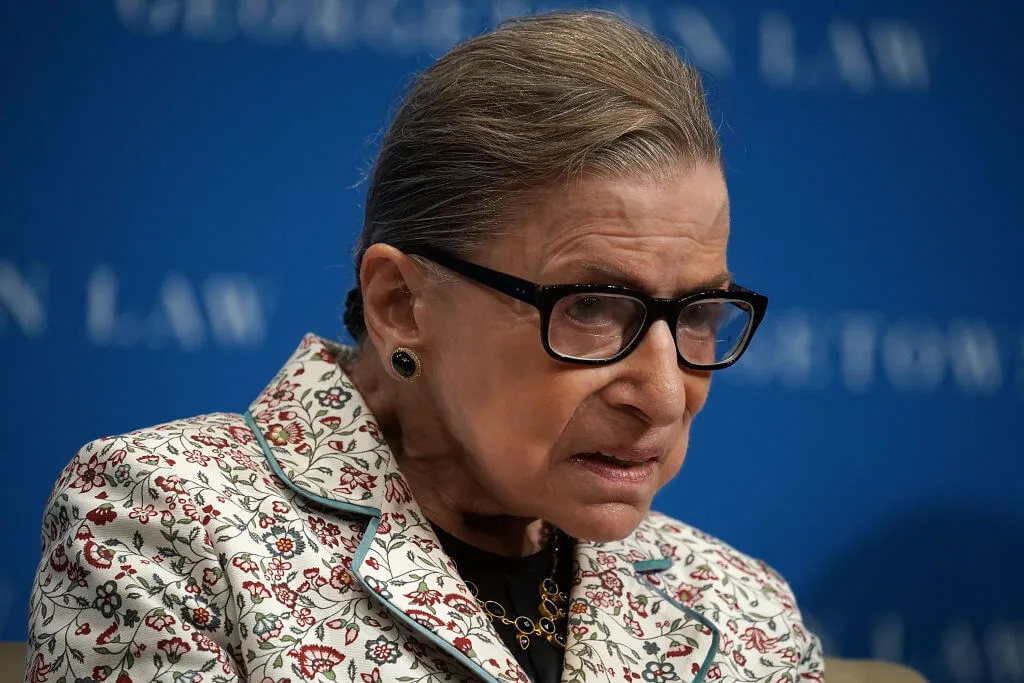
If you're taking a bathroom break at the Supreme Court's Washington HQ, you might have to brush some dust off the ladies room stalls. A whopping 114 justices have filtered through the Supreme Court's doors since its 1790 inception, but just four of them were women. Let's repeat that: just four women in 228 years of operation.
Women's increasing presence on the Supreme Court is a fairly recent development. Sandra Day O'Connor became the first female justice in 1981, but she left in 2006. Ruth Bader Ginsburg joined the bench in 1993 and served until her death in 2020. Sonia Sotomayor took her oath in 2009 and Elena Kagan took hers in 2010.
Only One Justice Has Ever Been Impeached

A life position is truly forever, except in the rare event of an impeachment. If you're hoping one of the current justices will eventually be impeached, it's unlikely. Only one justice has ever experienced that unfortunate fate.
In 1804, Samuel Chase, a signer of the Declaration of Independence, was impeached after he was accused of acting in "a partisan way" during court proceedings. In 1805, however, he was acquitted by the Senate and continued to serve on the Supreme Court until his death in 1811.
The Supreme Court Was Created In 1789

America was founded in 1776 with the signing of the Declaration of Independence, but the Supreme Court is almost as old. It took a little bit of time before our founding fathers solidified a court system, which was established in Article III, Section 1 of the Constitution. The section read, "The judicial power of the United States shall be vested in one supreme court and in such inferior courts as the Congress my from time to time ordain and establish."
In other words, the idea for the Supreme Court is as old as America itself, but it took until 1789 for it to actually be established under the Judiciary Act of September 24, 1789.
The First Term Lasted A Measly Eight Days
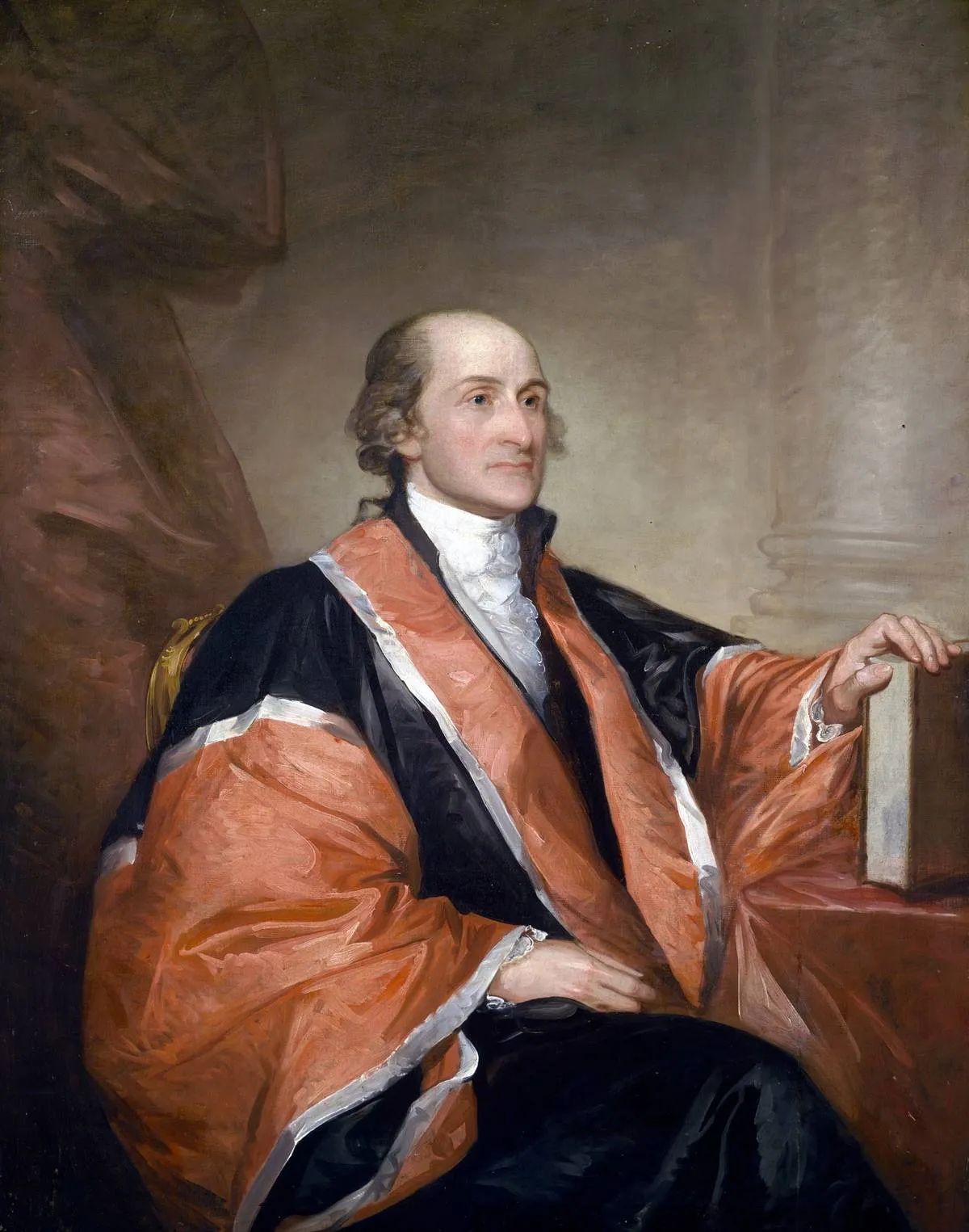
Though the Supreme Court was outlined in the Constitution and implemented in 1789, it didn't open its doors until February 2, 1790. George Washington appointed all of the six justices and created 13 different judicial districts, along with district and circuit courts for each.
At this time, John Jay was appointed the very first Chief Justice, but he didn't do a whole lot during the inaugural session. The courts opened their doors at the Royal Exchange in New York City (a short four-hour drive from Washington D.C., but quite a journey on horseback), but didn't really do anything. There were no cases docketed. The term ended after eight days.
It Took A Year Before The Supreme Court Landed A Case

The Supreme Court's first case wasn't actually docketed until 1791, when Chief Justice John Jay oversaw Van Staphorst V. Maryland. The case never actually made it all the way to court, and was settled after the threat of Supreme Court intervention put pressure on both parties.
Van Staphorst V. Maryland focused on the Van Staphorst brothers, who lent money to the state of Maryland during the Revolutionary War. Strangely enough, the loan was meant to be paid back in full, but the interest was supposed to be paid in tobacco. Maryland failed to hold up their end of the deal, and the case was slated for a Supreme Court hearing.
The Court Made Their First Decision In 1791

Though we already know Van Staphorst v. Maryland never actually made it to court, West v. Barnes did. This case, which happened in 1791, was the court's very first ruling and eventually caused a struggling farmer to lose his farm. It was so intense the case actually made it all the way to an oral argument.
The case focused on William West, a Revolutionary War general and farmer who found himself in debt after trying to pay off his mortgage. He was granted permission to run a lottery to help pay off the rest of his debt, but most of his proceeds from the lottery were paper currency. At the time, gold and silver were the standard (just imagine trying to pay your home loan via Paypal or in Bitcoin). West's paper money was rejected and the case was brought to court. West lost both the case and the appeal and was forced to give up his farm.
The Second Chief Justice Only Lasted A Few Months Because He Trash Talked Congress

If you want to keep your position on the Supreme Court, make sure not to run your mouth to Congress in the process. Congress does not like criticism, and Chief Justice No. 2 learned this the hard way.
John Rutledge was appointed in 1795 to temporarily replace John Jay during a recess. During this time, he criticized Congress in a public speech and reportedly said that "he had rather the President should die than sign that puerile instrument." His comments cost him the support of many in the Washington Administration. A few months later, the Senate rejected his permanent nomination. He lasted just a few months in the position while most other justices serve decades.
It Took 146 Years For The Supreme Court To Have a Designated Meeting Place
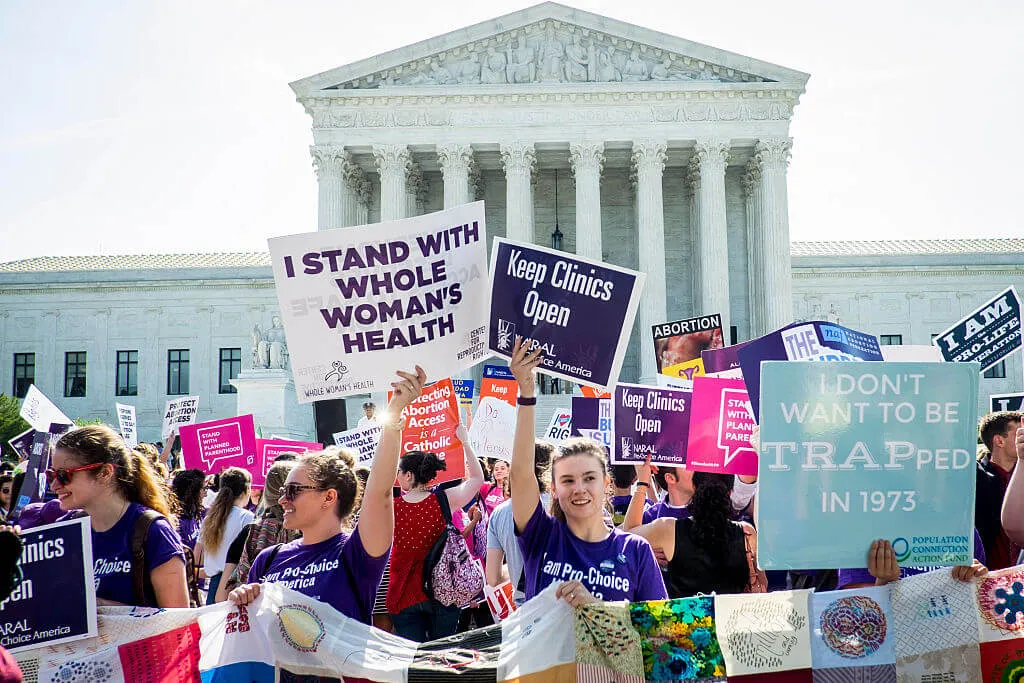
Though the Supreme Court was established in 1789, it didn't really have a solid place of operation. Before the Civil War, the court met in various locations. From 1861 to 1935, it met in the Old Senate Chamber. The chamber was so small that justices were forced to take their lunch breaks in the robing room. Chief Justice William and Taft were the ones who pushed for a designated building to house America's highest court.
Today, the Supreme Court rests in a grand building in Washington D.C. This building is the very same one that was completed in 1935.
Ruth Bader Ginsburg's Passing

On September 18, 2020, Justice Ruth Bader Ginsburg died from complications of pancreatic cancer. She was 87. Upon hearing the news, thousands of people gathered in front of the Supreme Court building to light candles and lay flowers in her honor.
Ginsburg, who had become a cultural icon referred to as "The Notorious R.B.G." in recent years, passed away just weeks before the 2020 presidential election. She left this statement: "My most fervent wish is that I will not be replaced until a new president is installed."
Only Two Justices Have Ever Been On U.S. Currency

U.S. currency is known for its long line of dead presidents, but this wasn't always the case. Two Supreme Court justices have made their way onto U.S. currency, but it's not really bills that anyone would actually use.
John Marshall, the court's fourth Chief Justice who served for over three decades, appeared on the $500 bill. Salmon P. Chase, who was the sixth Chief Justice, appeared on the $10,000 bill. If you're wondering why you've never seen them, it's because neither of these bills are in circulation. Imagine accidentally destroying a $10,000 bill in the wash.
Howard Taft Was The Only President Who Ever Sat On The Supreme Court

Taft never got to sit in the actual Supreme Court as we know it today. He died before the building he championed could be created. Regardless, he still remains the only president who went on to become a Supreme Court justice.
Taft may be the only former president who sat on the Supreme Court, but that doesn't mean other justices didn't try. In 1916, Charles Evans Hughes resigned from the court and ran for president against Woodrow Wilson. As we know from history, Wilson ended up winning. After Hughes' failed presidential bid, the judge rejoined the court as Chief Justice during the 1930s.
The Supreme Court Has Seen 17 Chief Justices

If you're a history buff, you probably recognize the Supreme Courts by the name of their chief justice. For example, The Marshall Court, which remained in session for 34 years, was led by Chief Justice John Marshall between 1801 and 1835. The first court, the Jay Court, was led by John Jay, who served between 1789 and 1795 before it was taken over by John Rutledge.
Today, the court is considered the Roberts Court, named after Chief Justice Robert who took his oath in 2005. Roberts was 50 years old when he became the 17th chief justice in American History.
Six Supreme Court Justices Were Immigrants

Surprisingly, there really aren't any qualifications to actually becoming a Supreme Court justice. The Constitution lists age, citizenship and residency requirements for serving as president, but there aren't rules for the Supreme Court.
In the Supreme Court's history, six justices have been foreign-born, the most recent of which left in 1962. Felix Frankfurter, who took his oath in 1939, was native to Vienna, Austria, but immigrated to the United States when he was 12 years old. Like many other Supreme Court justices, Frankfurter graduated from Harvard Law School, where he later became a teacher. He helped found the American Civil Liberties Union and was eventually appointed by Franklin D. Roosevelt.
One Supreme Court Justice Never Graduated From High School
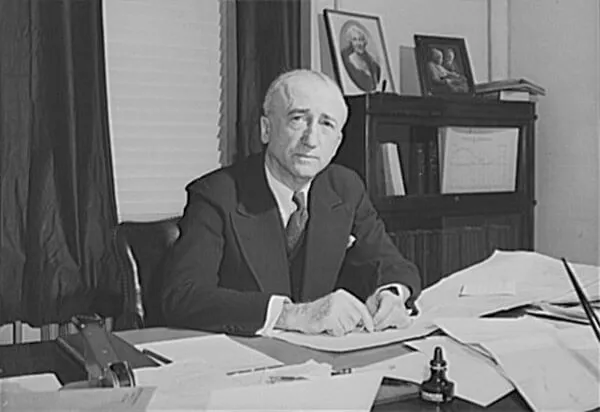
Though there aren't any qualifications for Supreme Court judges, there is one thing all justices have in common: they were lawyers first. Today, justices get their training from law school, and we can pretty much count on fancy, Ivy League degrees from places like Yale or Harvard. During the 18th and 19th century, when law school wasn't really a thing, justices got legal training by studying with a mentor, but one former justice never even graduated from high school.
James Byrnes was the last justice who didn't go to law school. He served between 1941 and 1942, a uniquely short term. Byrnes didn't graduate from high school and worked his way up the ranks, first as a law clerk and later passing the bar.
Harvard Has Given Us More Supreme Court Justices Than Any School

Throughout the years, 114 justices have filtered in and out of the Supreme Court. The largest majority of them came from Harvard Law School. Harvard is the United States' oldest continuously operating law school. Since it was established in 1817, it's given us 20 Supreme Court justices – this includes the foreign-born Felix Frankfurter and newest addition Brett Kavanaugh who taught at Harvard between 2008 and 2018.
Today, every current Supreme Court justice has either attended Harvard Law or Yale, though the late Ruth Bader Ginsburg transferred to Columbia Law School where she ultimately got her degree. Princeton is the most popular undergrad for current justices. Elena Kagan, Sonia Sotomayor, and Samuel Alito all attended the prestigious college within a decade of each other.
There Weren't Always Nine Justices

Today, the Supreme Court is comprised of nine justices, but that wasn't always the case. When the Supreme Court was first established, George Washington appointed just six, the number that was outlined in the Constitution. Five are meant to be associates, led by the single Chief Justice, who holds the highest position in America's Judicial System.
This number has shifted throughout the years, as Congress is free to alter the number of seats as long as the majority agrees. At one point, there was a low of five justices. At another, there was a high of 10. In 1861, the number was set at nine, where it has since remained.
Only Three People Of Color Have Ever Been Supreme Court Justices

If the Supreme Court looks overwhelmingly white and male, well, that's because it is. Just 5% of justices have been women or minorities. Four women have served on the Supreme Court, but just three people of color won nominations.
Thurgood Marshall became the first African-American justice when he joined the court in 1967 and continuously fought against Jim Crow-era laws. He helped end segregation with the landmark case Brown v. Board of Education, where the court ruled that separate schools for white and black children were unconstitutional. In 1991, Marshall left the bench and was replaced with Clarence Thomas, who still serves today. Sonia Sotomayor is currently the first — and only — Hispanic justice in history.
More Than 50 Justices Have Chosen To Retire

The reason Supreme Court justices are typically put through such a strict screening process is because the position is held for life. Justice William O. Douglas spent 36 years and seven months on the bench. He was the longest-running justice in history. Steven Johnson Field, who served from 1863 to 1897 comes in second.
Though justices win the position for life, more than 50 have chosen to retire including Sandra Day O'Connor who sadly announced she's experiencing the early stages of Dementia 12 years after retirement. John Jay, Thurgood Marshall, and William Rehnquist all retired before their death.
The Youngest Supreme Court Justice Was 32 And The Oldest Was 90

Most Supreme Court justices are appointed during middle age, but there's no hard and fast age rule. The youngest Supreme Court justice took the bench when he was just 32 years old. Imagine the world of difference a millennial could make on the bench, today.
Joseph Story joined the bench in 1811 and became the youngest ever Supreme Court justice. For reference, the average life expectancy in 1811 was 37, so it was kind of different than a 32-year-old today. Oliver Wendell Holmes Jr., who served from 1902 to 1932, was the oldest justice to sit on the bench. He was 90 year old when he retired, though Ruth Bader Ginsburg is 85 years old and still going strong.
One Supreme Court Justice Was Born In Turkey

To become a U.S. president, a person must "be a natural-born U.S. citizen of the United States; be at least 35 years old; [and] be a resident in the United States for at least 14 years." No such citizenship requirements exist for Supreme Court justices.
Justice David J. Brewer, who served as an associate justice of the Supreme Court for 20 years, was born in Turkey's Ottoman Republic in 1837. His uncle Steven Johnson Field also lived with family in Turkey. They both became Supreme Court Justices.
Just 7% Of Supreme Court Justices Have Been Jewish
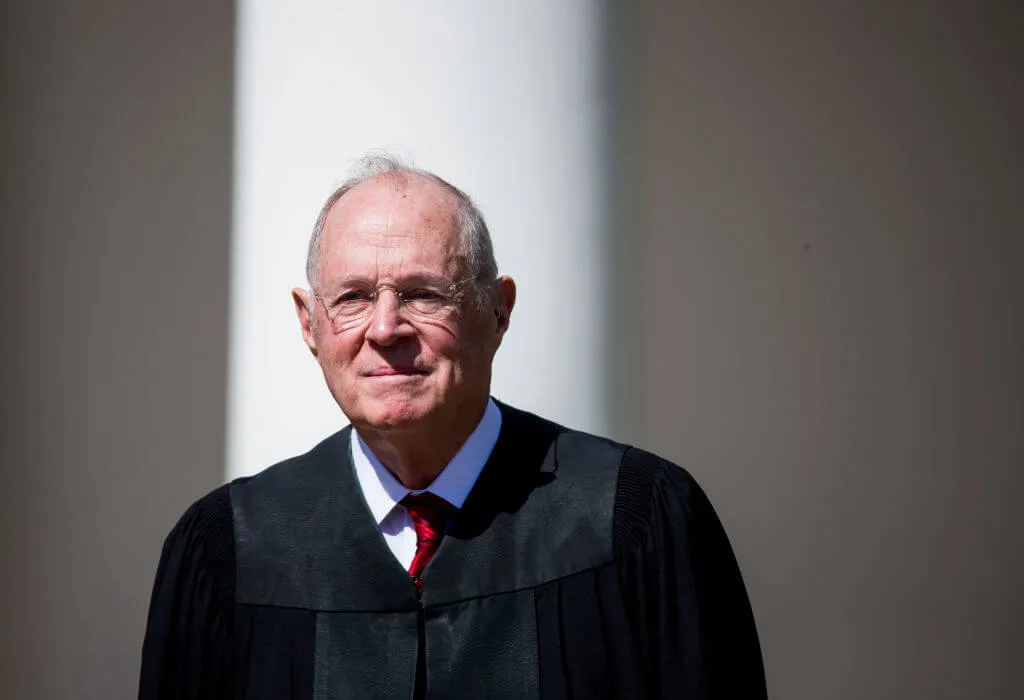
The Supreme Court has had eight Jewish justices over the years. When the Supreme Court was founded, it was made up of almost entirely Protestant members. This remains the majority religion for justices throughout the court's more than two-century existence.
Until the 2020 death of Ruth Bader Ginsburg, there were five Catholic and three Jewish judges on the bench. There's also Neil Gorsuch, who was raised Roman Catholic but goes to an Episcopal church.









